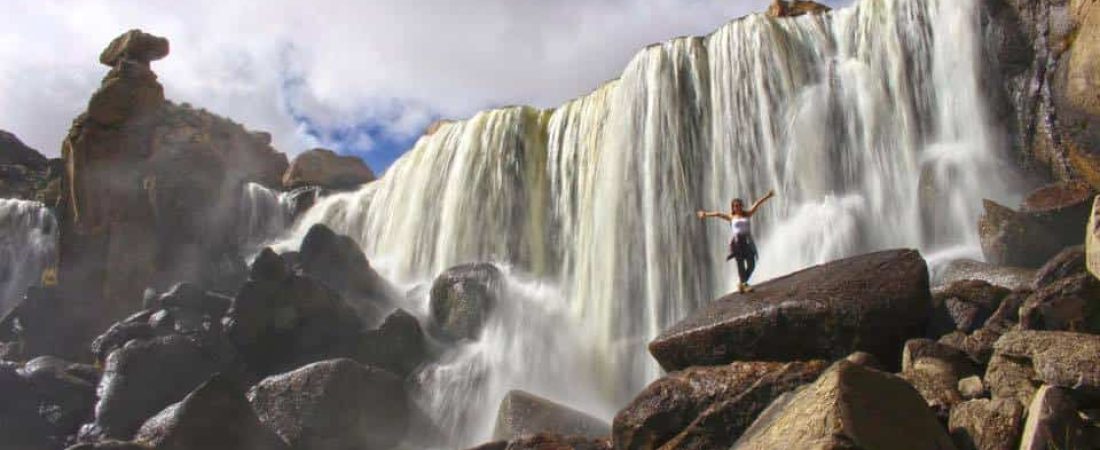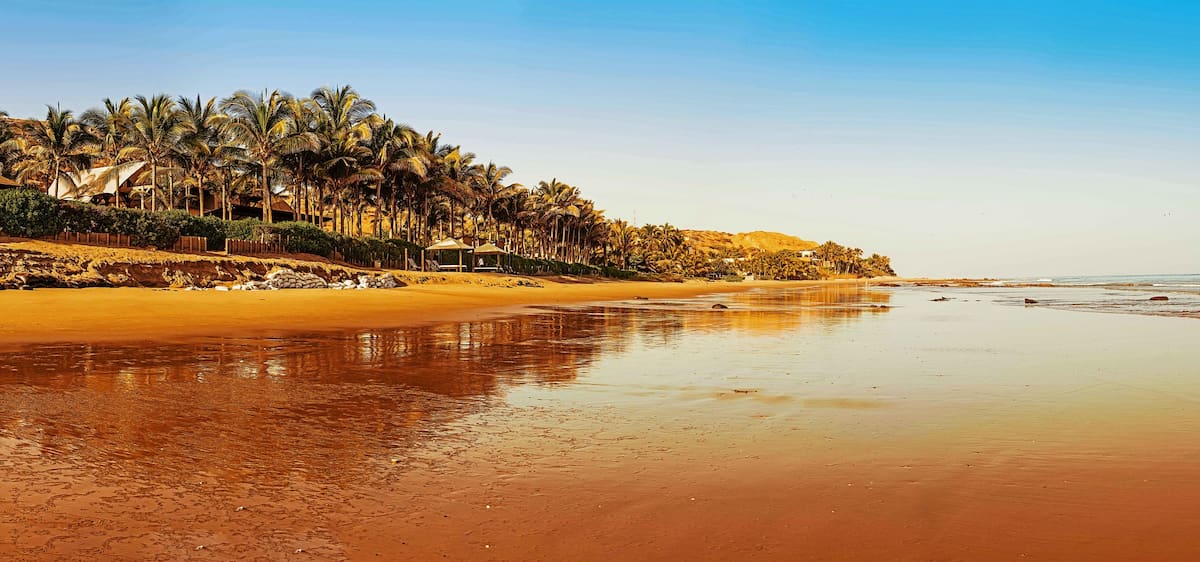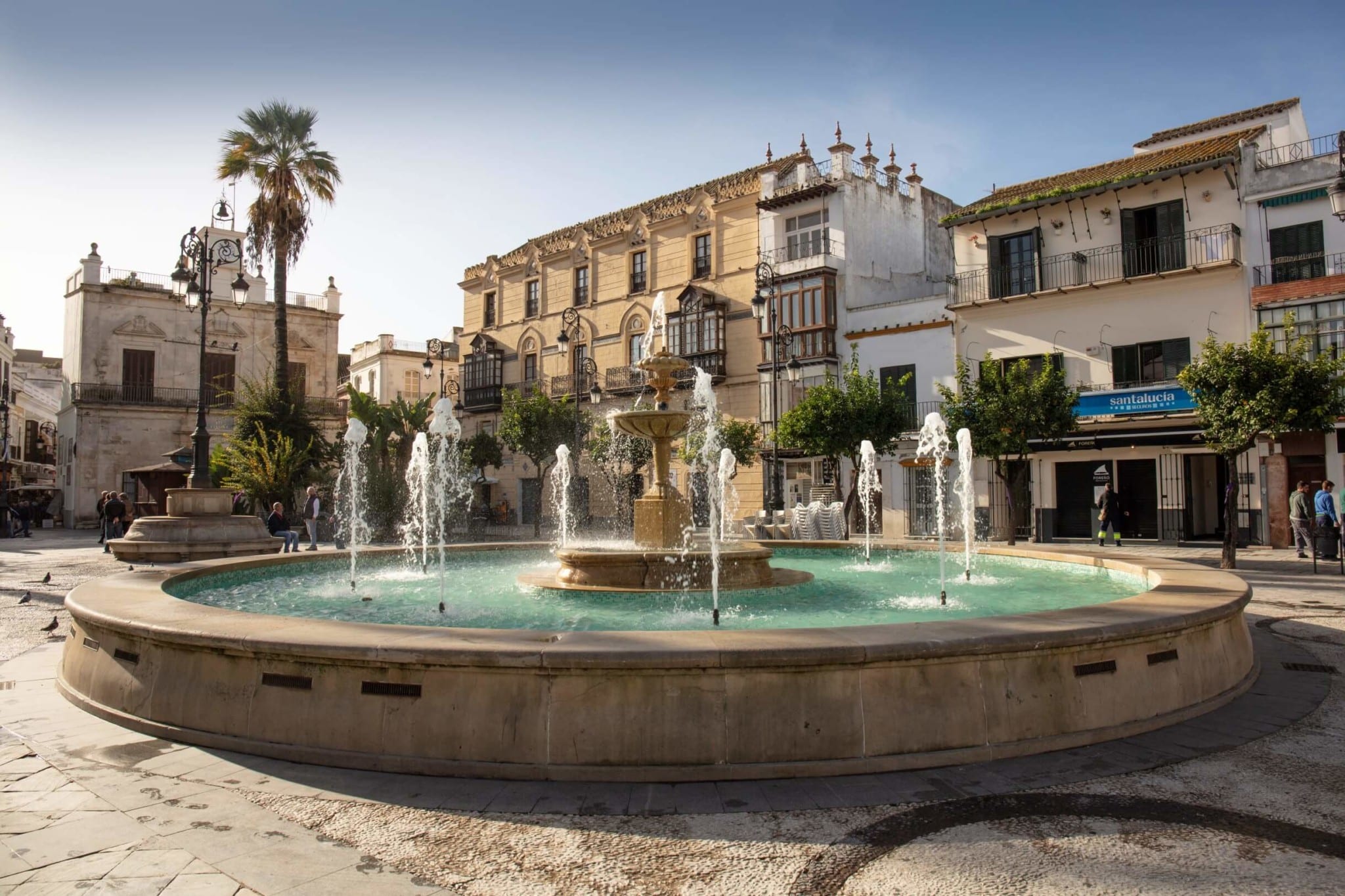Arequipa is one of the most visited departments of the & nbsp ; Peru: & nbsp; for its diversity and historical beauty that comprises the second most important city in the country. Here, both national and foreign visitors will be able to discover volcanoes, baroque buildings and even impressive sites of nature. The Pillones Falls are a clear example of this and in this note you will find all the best information about them.
Located approximately 4,600 meters above sea level, this imposing Arequipa tourist attraction is located in the district of San Antonio de Chica, Caylloma province.
In my opinion, this is one of the best one-day visits you can do while in Arequipa, since it is only 132 kilometers away.
What to see in Cataratas de Pillones
Upon reaching this imposing site, you will be able to observe the presence of dozens of rocks molded by the erosion of water and time.
One of the recommendations when arriving at this place is to enjoy the fauna and its different species such as: the Andean swallow, the Andean duck, the huallata, the torrent duck (in extinction), among others. You can also see vizcachas jumping over the stones.
Once you have appreciated the magnitude of what makes up the area, it only remains to take the opportunity to take beautiful postcards and enjoy a warm climate.
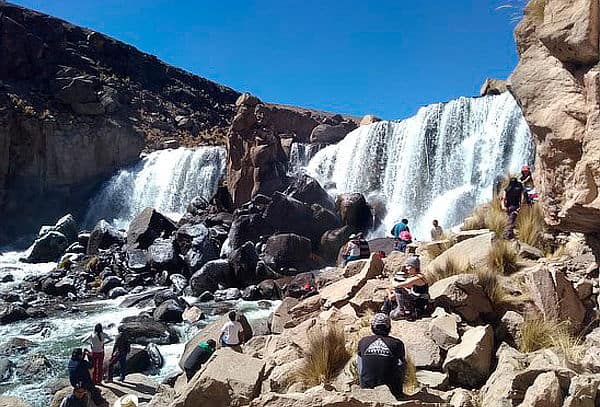
Imata Stone Forest: It is a strange and very original rock formation, which is made up of a set of natural stone columns that take on the appearance of a mysterious enchanted and petrified forest. It has originated through thousands of years, it simulates different silhouettes that resemble prehistoric animals, faces, silhouettes and monsters, among others. It is a prodigy of abstract art in nature, which invites you to interpret the forms that the rocks have taken. Its originality allows those who visit the stone forest to admire such beauty.

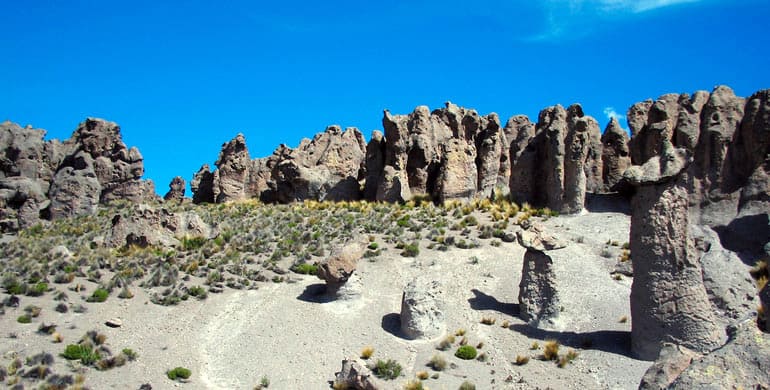
What is the best time to visit the Pillones Falls?
This place can be visited at any time of the year. Even so, if you can, keep in mind that planning your visit during the rainy seasons, which include the months of January to March, will be better to appreciate the greater amount of water in the area.
On the other hand, you can also have your visit to the Pillones Falls in the month of August, which is when the season of celebrations for the anniversary of the founding of the city of Arequipa takes place. During these dates you can enjoy multiple festivities, fireworks, contests, Corsicans, cultural activities, gastronomic fairs and more.
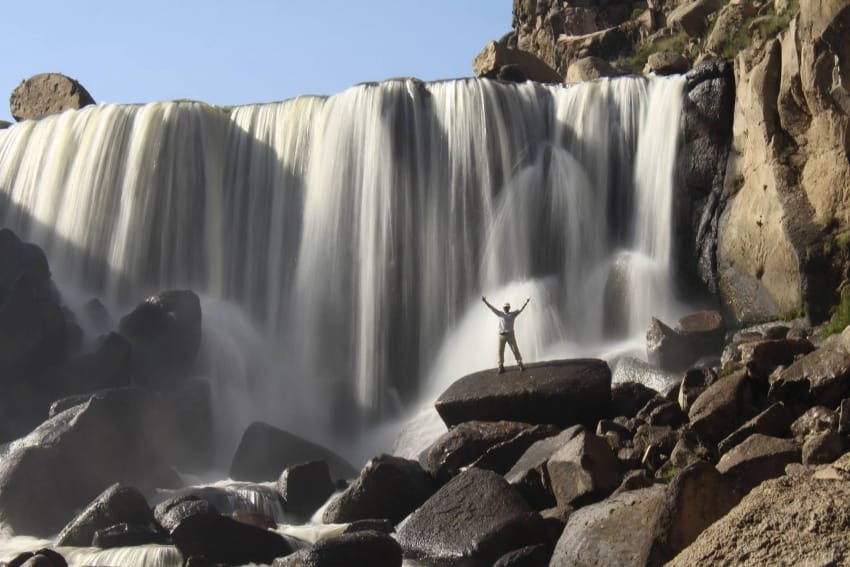
How to get to the Pillones Falls?
As I mentioned initially, to enjoy this place you should go precisely towards kilometer 154 of the Arequipa-Puno highway, towards the district of San Antonio de Chuca, located in the province of Caylloma. The value of the entrance to the Pillones Falls is 2 soles.
Once there, you can start with a 30-minute walk to the left in the direction of the river.
What is customary for tourists to access this place is to take a tour from the Plaza de Armas in Arequipa. The cost of the same is 90 soles per person, and the excursion includes transfers and guided tours within the Pillones Falls. There the tour will also include a visit to the Imata stone forest.
Recommendations to take into account
To carry out this tour, it will be ideal for you to carry warm clothes and trekking shoes or comfortable shoes to keep moving. Also, don’t forget to carry a bottle of water and some snacks for the road in your backpack.
Ideally, you will have a full day to make this visit, since you can take advantage of the morning very early to explore and then enjoy a pleasant sunset in front of a magnificent natural environment.
